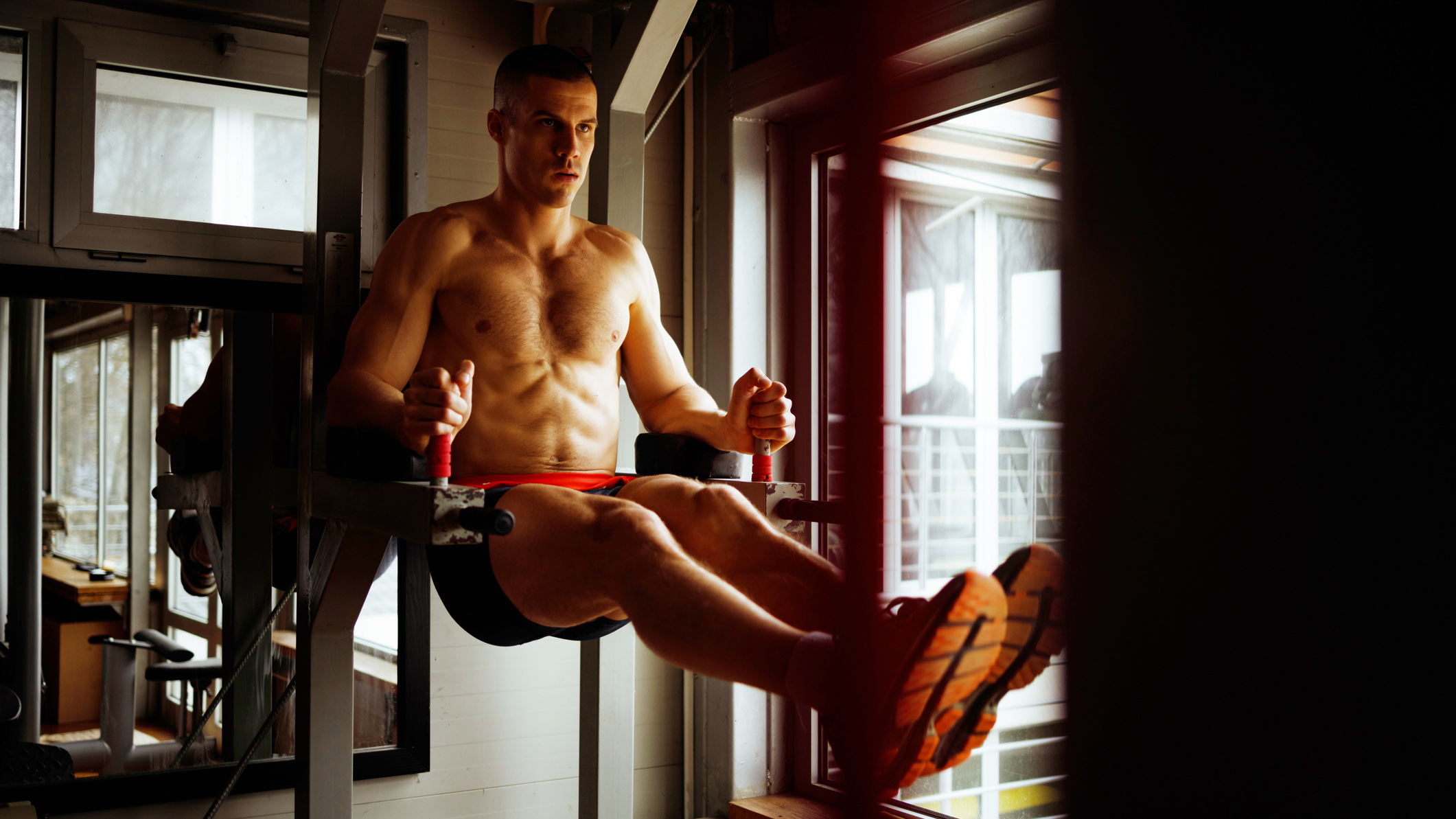


Finding the right exercise to train your core can be challenging. With so many different core workouts out there, just making a decision about which one to include in your home workouts can be exhausting, let alone doing the workout. My choice of core exercise is a move that not only trains the abs but also gives my whole upper body a run for its money.
The exercise is called the L-sit and in my opinion, it's one of the best core exercises. This bodyweight workout is up there with planks and hanging leg raises when it comes to training your whole core (and whole body) effectively with simple movements. And just like planks, you can do L-sits without using any equipment, on the floor, balancing on your hands.
Forget crunches; doing L-sits is the best way to get a six-pack!
How to do L-sits: what are isometric exercises?
You might have heard of compound and isolation exercises before; these are staples in any self-respecting bodybuilders workout routine. Especially compound movements can help pack on mass quickly without overusing your joints by having to repeat the same movement over and over again a million times. Heavy deadlifts can build muscle with just a few reps per set.
Isometric exercises are a whole different ball game. Like many other callisthenics moves - these use bodyweight as resistance - it was borrowed from gymnastics, where they use loads of isometrics exercises for training and competition. You must have seen gymnasts up on the rings with their feet pointed forward in a sitting position; that's essentially a ring L-sit, a variation of the exercise we're talking about today.
Isometric moves train the muscles not by moving but by holding a particular position for as long as possible. This puts the muscles under constant stress, meaning you won't need heavy weights to see results. You can always increase the intensity by holding the position for longer.
How to do L-sits: your secret weapon to six-pack gains
The L-sit is not a complicated exercise. In theory, all you have to do is pretend you're sitting with your legs straight, only in the air. How to master the L-sit is a bit more nuanced than this and might take some getting used to.
Sign up to the T3 newsletter for smarter living straight to your inbox
Get all the latest news, reviews, deals and buying guides on gorgeous tech, home and active products from the T3 experts
First of all, to be able to sit with your back straight with your legs perpendicular to your upper body requires a certain level of hamstring flexibility. This is probably the first thing you should start working on; start doing more stretching. Using a foam roller can help prime the hamstrings before stretching sessions.
Another area that will be worked hard is the wrist, especially if you're planning on doing L-sits on the floor. Just like when you're doing push-ups, the wrist flexor will be worked hard during L-sits. Make sure you also prime this body part before you start the exercise.
For this exact reason (too much pressure on the wrist flexor), I prefer using parallettes when doing L-sits. This simple and inexpensive piece of home gym equipment helps put the wrists in a more natural position which might help avoid injuries.
Before you go all crazy by performing full-blown L-sits, I recommend doing the exercise with your legs on the ground, knees slightly bent. This will help your body get used to the isometric nature of the movement.
Once you're comfortable with that pose, you can try tuck-sits by lifting your lower body off the ground but keeping your feet close to your body. From here, you can extend the legs gradually until you reach the full L-sit position. It might take a few months but it's worth the wait!
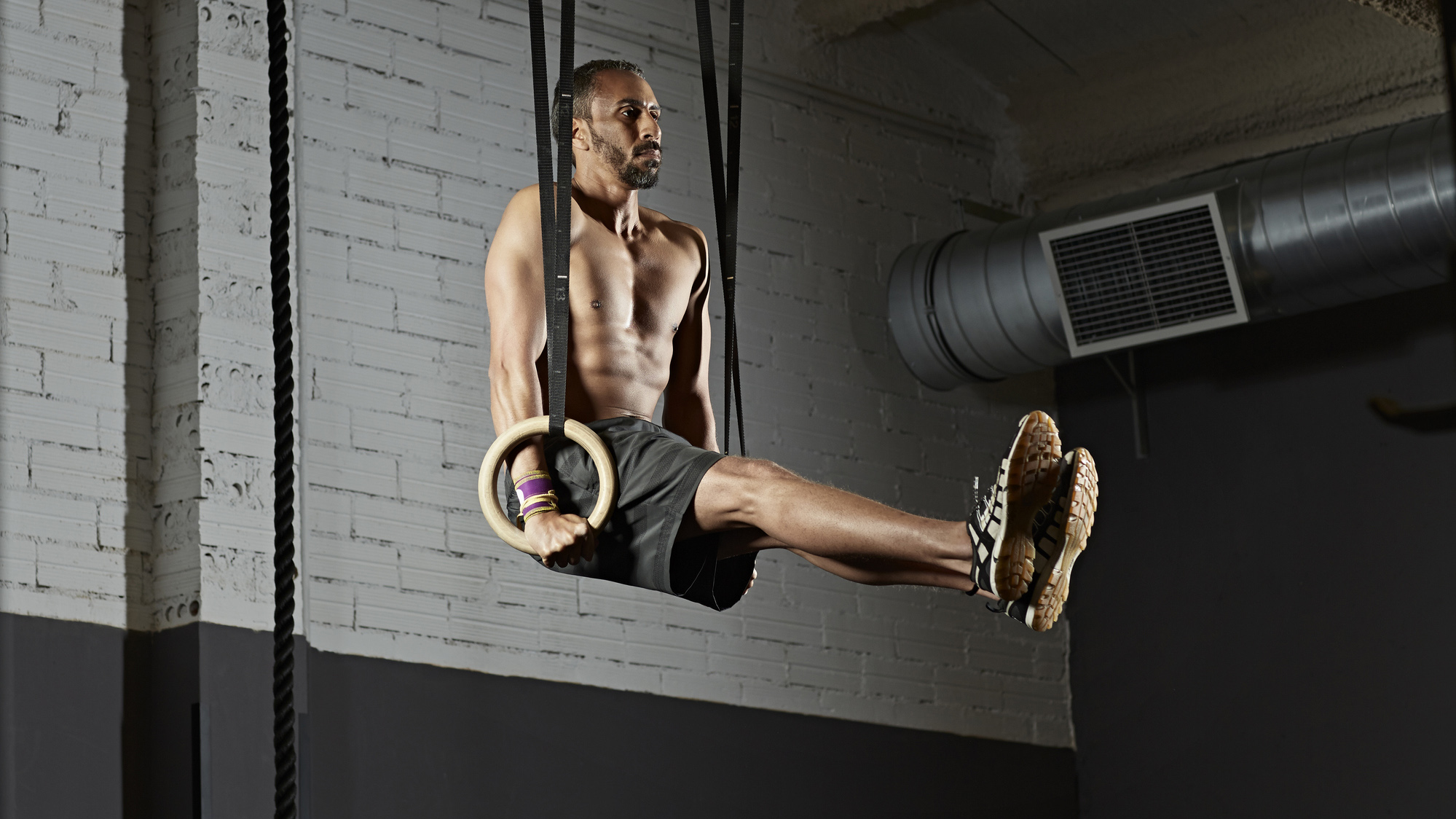
How to do L-sits: best L-sit alternatives
There are three main variations of L-sits: ring L-sit, parallette L-sit and floor L-sit. You shouldn't worry about ring L-sits; that's mainly for Youtube influencers and gymnasts. The other two is what you should focus on.
I recommend using parallettes first as they worked best for my wrists. That said, given that you stretch your wrists prior to exercising, floor L-sits can work equally as well. This version has the added benefit of strengthening the wrist flexor over time, although it's very easy to overexert the wrist and injure yourself doing floor L-sits. Be sensible and pay attention to your body to avoid this from happening.
Other isometric core exercises can supplement L-sit training such as planks and hanging leg raises mentioned above. It's recommended to switch up your exercise routine regularly to avoid overusing certain body parts too much. And to see results quicker, of course.
This feature is part of T3's Get Fit 2022 campaign. We’ll be bringing you a wealth of guides, features, deals and news to help you get healthy, fit and ready for anything the new year can throw at you. Whether you’re a newcomer to fitness or someone with a passion for it, we’ll bring you all the best workouts, diet advice and gear to set you on the right track.

Matt Kollat is a journalist and content creator who works for T3.com and its magazine counterpart as an Active Editor. His areas of expertise include wearables, drones, fitness equipment, nutrition and outdoor gear. He joined T3 in 2019. His byline appears in several publications, including Techradar and Fit&Well, and more. Matt also collaborated with other content creators (e.g. Garage Gym Reviews) and judged many awards, such as the European Specialist Sports Nutrition Alliance's ESSNawards. When he isn't working out, running or cycling, you'll find him roaming the countryside and trying out new podcasting and content creation equipment.
-
 3 overrated shoulder exercises, according to a fitness expert (and what to do instead)
3 overrated shoulder exercises, according to a fitness expert (and what to do instead)Sculpt 3D shoulders whilst minimising injury with these three alternative exercises
By Bryony Firth-Bernard Published
-
 Polar’s new subscription feature lands in the shadow of Garmin’s Connect+ rollout
Polar’s new subscription feature lands in the shadow of Garmin’s Connect+ rolloutPR genius or timing disaster? Polar’s new Fitness Programme adds adaptive training to its ecosystem
By Matt Kollat Published
-
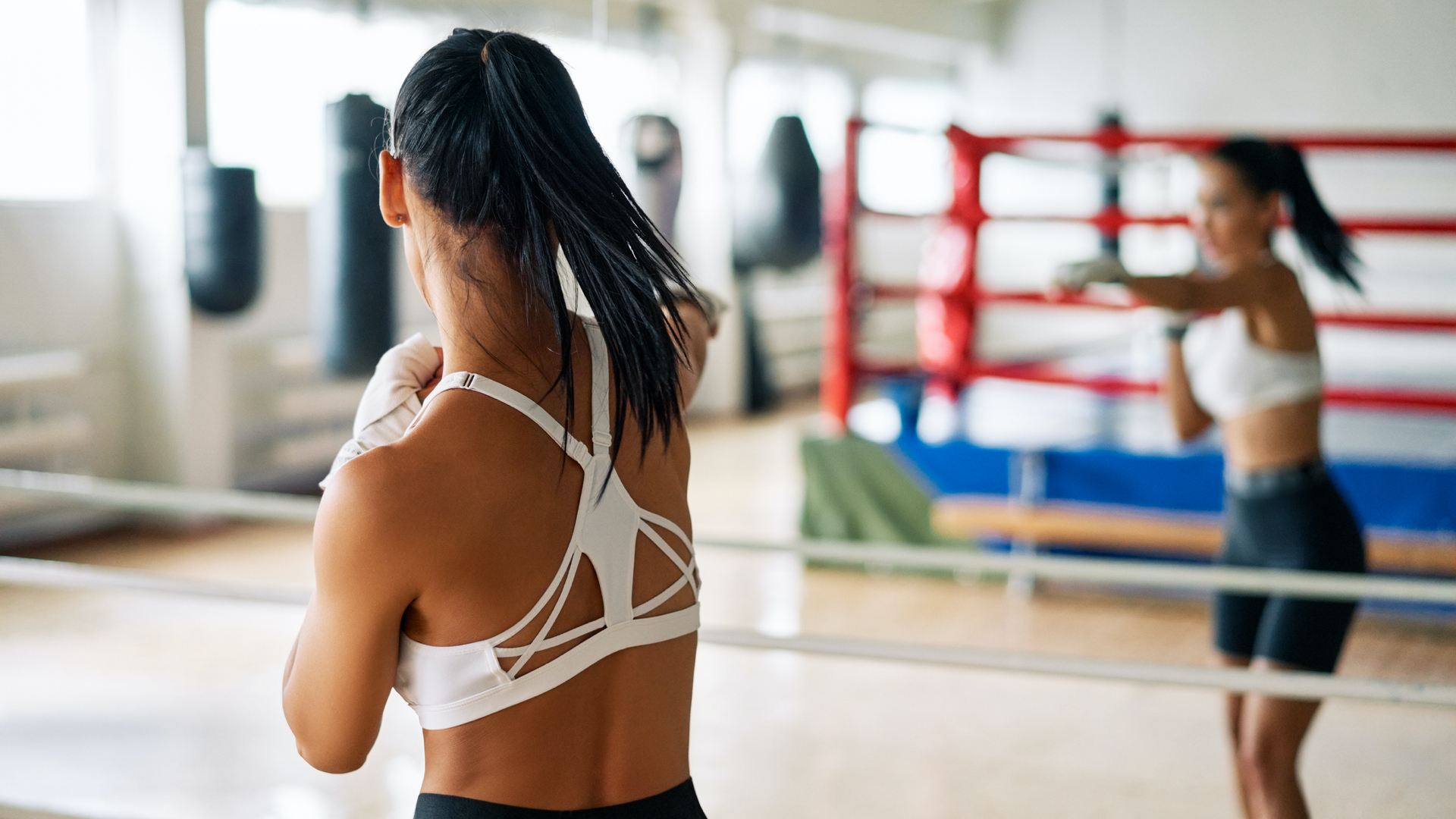 20-minute full-body HIIT workout to burn fat and boost your metabolism
20-minute full-body HIIT workout to burn fat and boost your metabolismYou won't need any equipment for this T3-exclusive “Box ‘n Burn” shadowboxing follow-along workout
By Matt Kollat Last updated
-
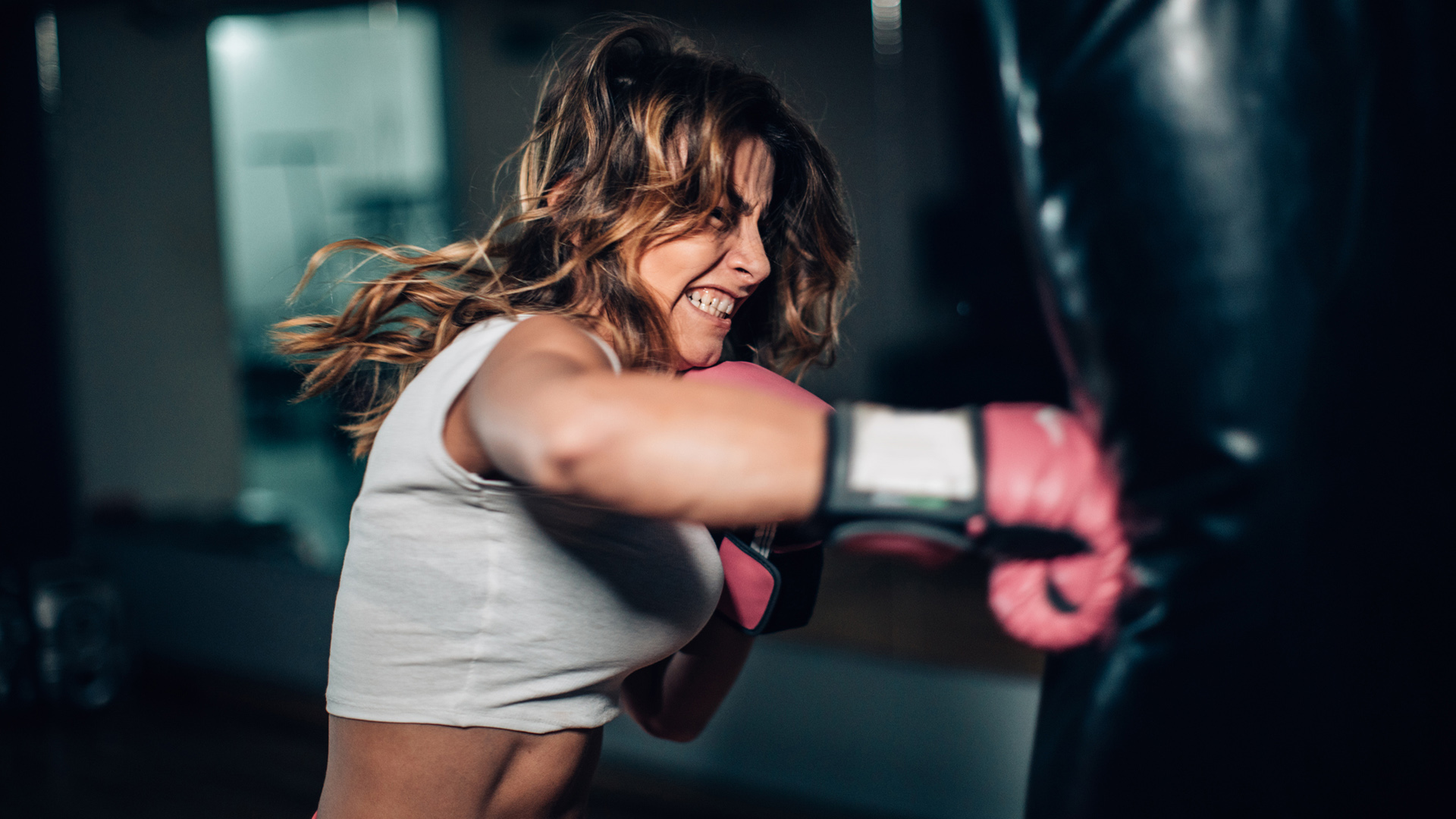
 Reduce stress, get strong and burn fat with this 20-minute punch bag workout
Reduce stress, get strong and burn fat with this 20-minute punch bag workoutRelieve stress and get fit in the process with this follow-along workout from a top boxing coach
By Matt Kollat Published
-
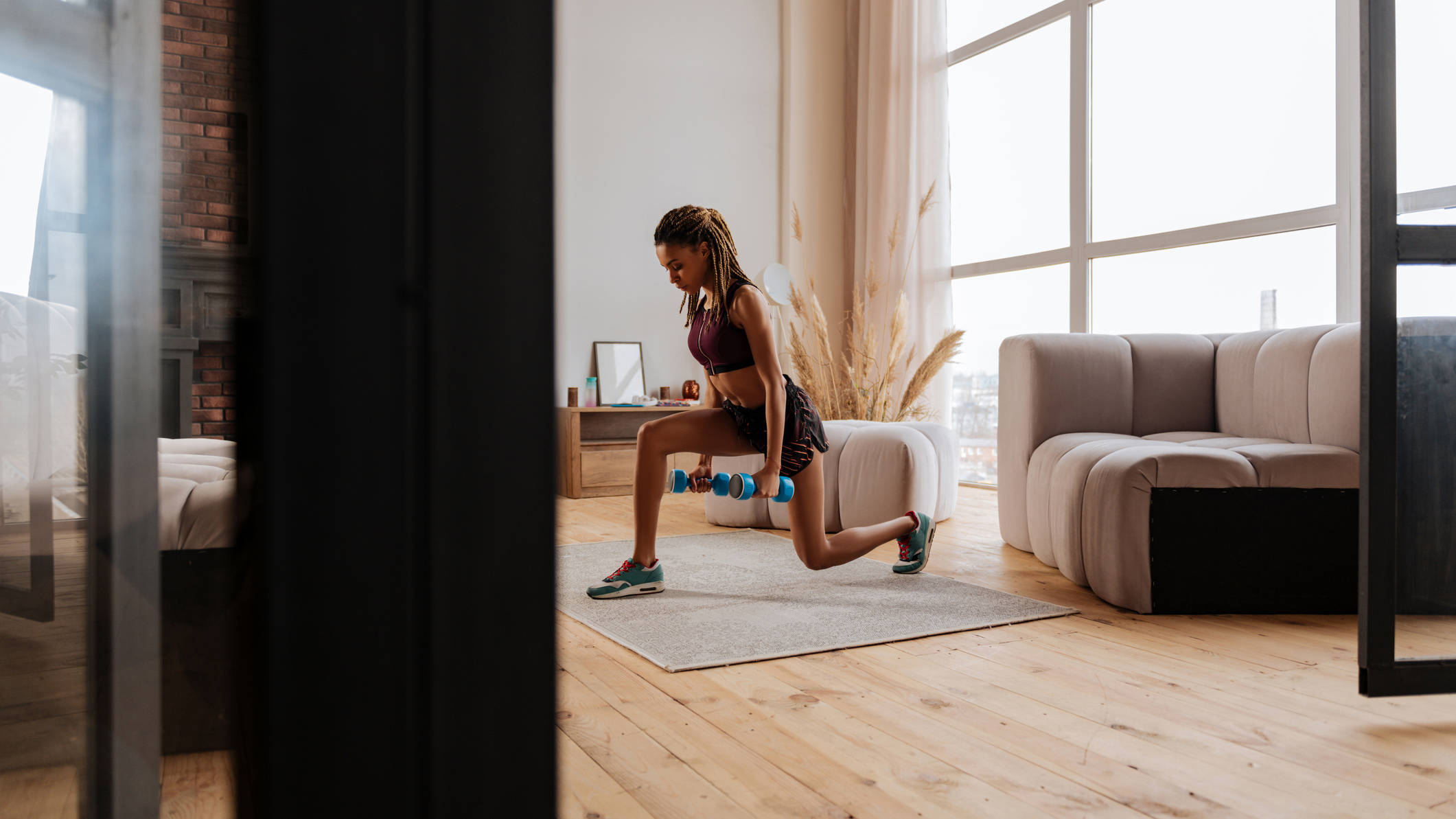
 This home workout combines HIIT and strength training – burn fat and build muscle in 20 minutes
This home workout combines HIIT and strength training – burn fat and build muscle in 20 minutesSlim down at home with this fast-paced dumbbell HIIT workout
By Matt Kollat Last updated
-

 Try this 2-minute six-pack workout and train the most neglected part of your abs
Try this 2-minute six-pack workout and train the most neglected part of your absFast, efficient and fun; this ab workout has it all!
By Matt Kollat Last updated
-
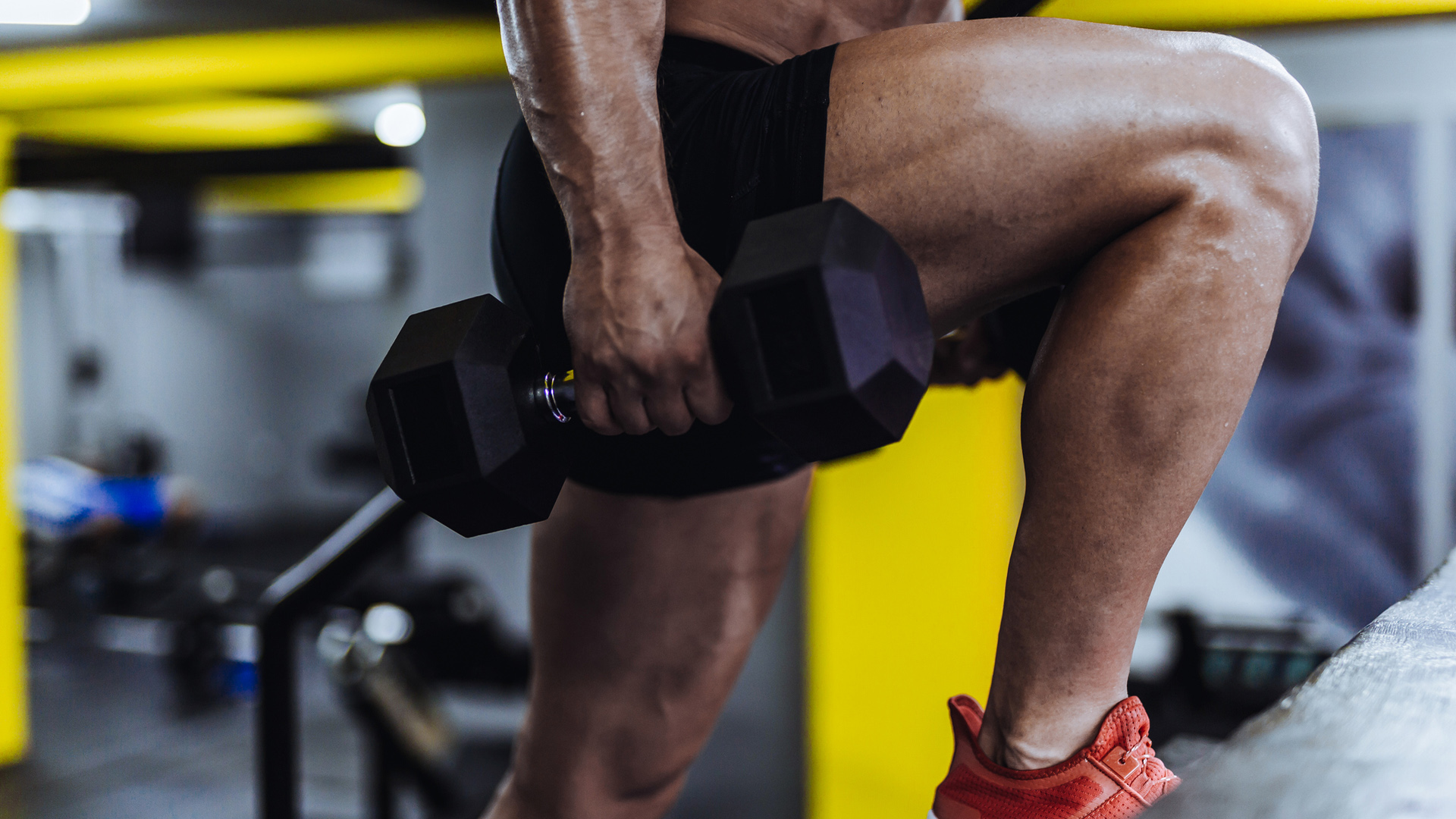
 Work the glutes, quads and calves with this 5-move leg day workout – you'll only need 2 dumbbell
Work the glutes, quads and calves with this 5-move leg day workout – you'll only need 2 dumbbellWork your whole lower body, from glutes to calves, with the smallest home weight
By Matt Kollat Last updated
-

 15-minute low-impact full-body workout to burn fat and improve metabolism
15-minute low-impact full-body workout to burn fat and improve metabolismYour body (and two chairs) is the only equipment you'll need for this workout
By Matt Kollat Last updated
-
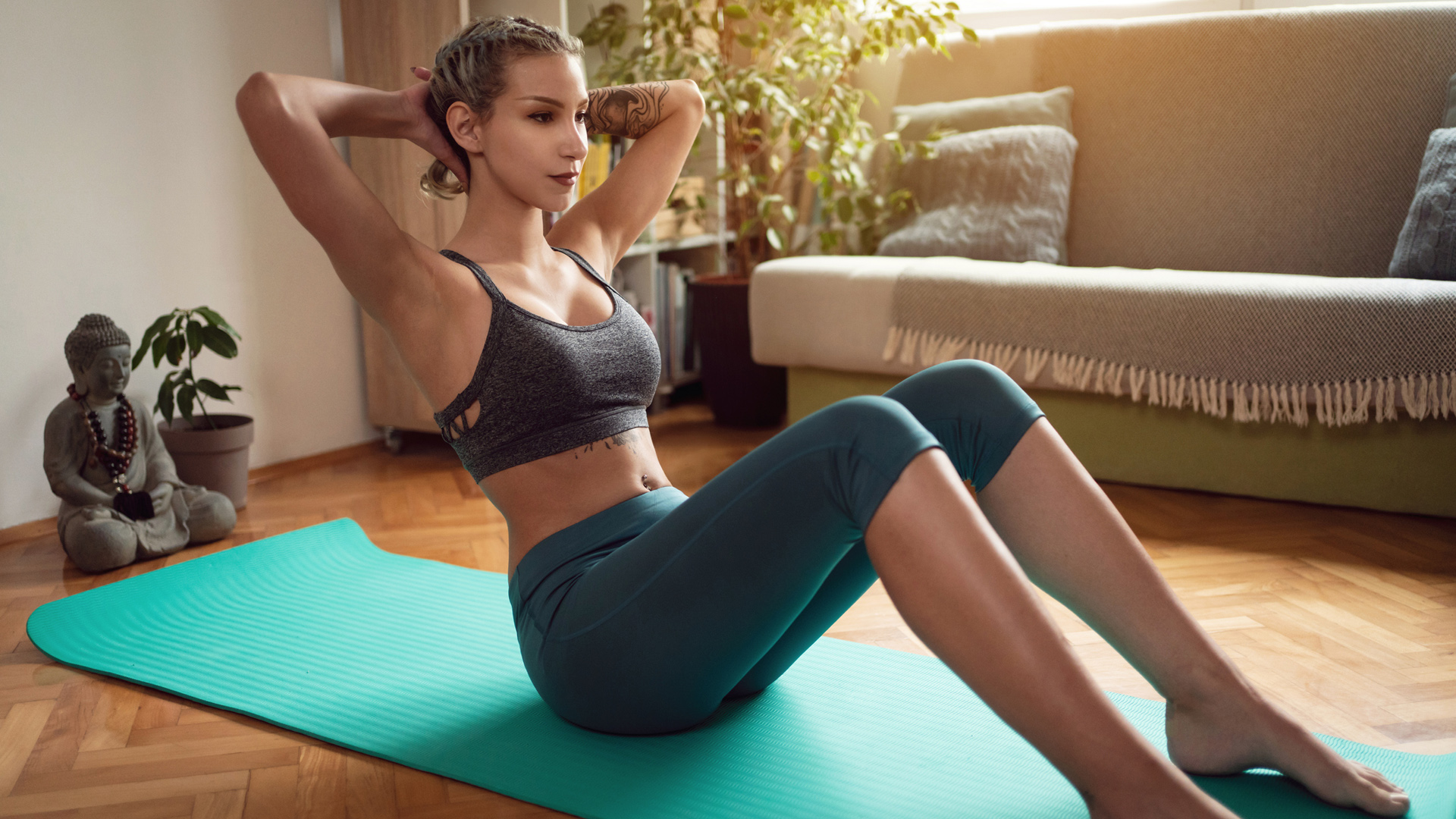
 Sculpt six-pack abs with this quick 4-move core workout – no equipment required
Sculpt six-pack abs with this quick 4-move core workout – no equipment requiredGet your abs ready for this fast and furious core workout – no equipment required!
By Matt Kollat Published
-
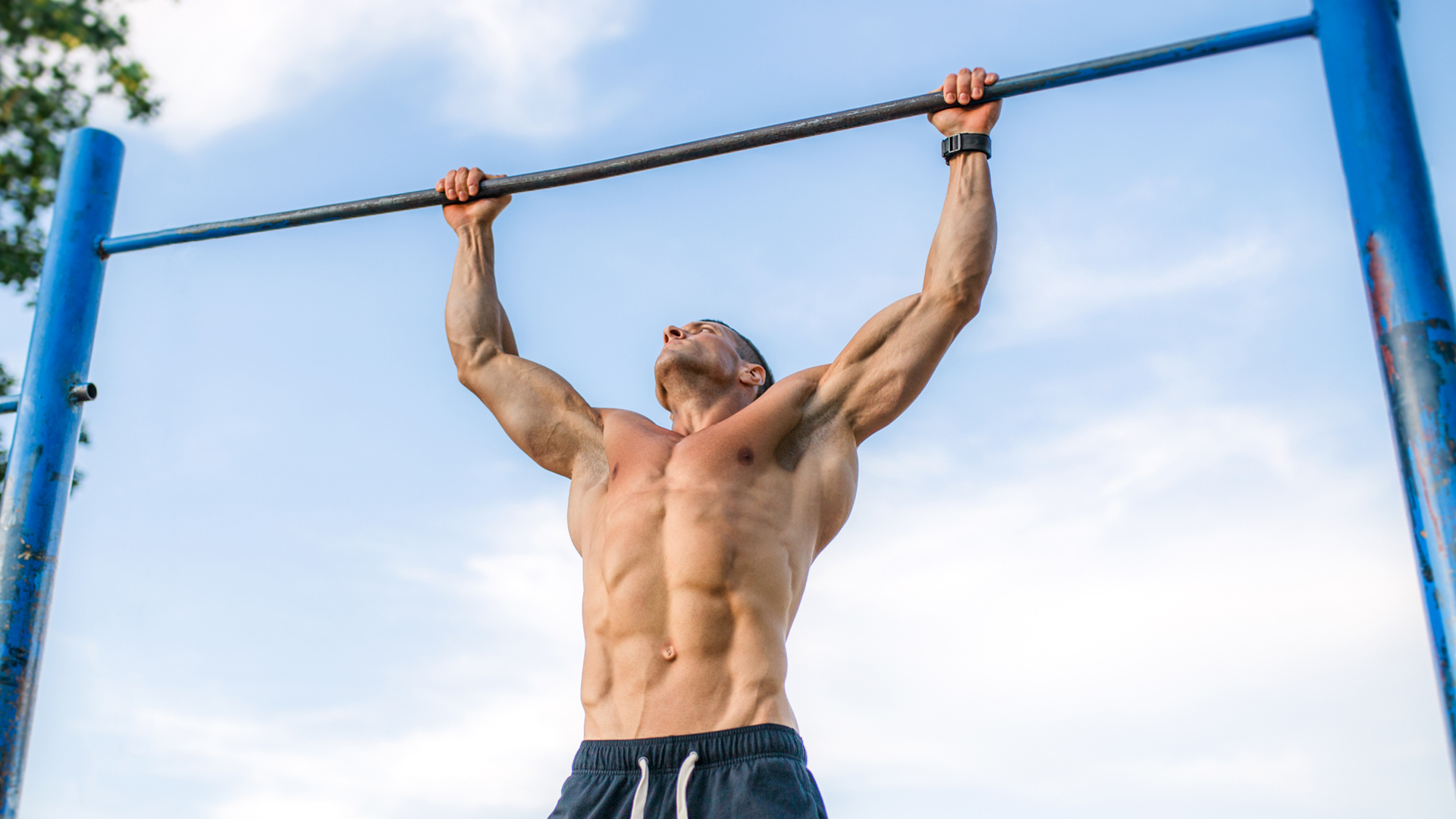
 Build big arms and back muscles with this 5-minute pull up workout for beginners
Build big arms and back muscles with this 5-minute pull up workout for beginnersStruggling to get started with pull-ups? This fast workout will help you build strength (and arm/back size)
By Matt Kollat Published
